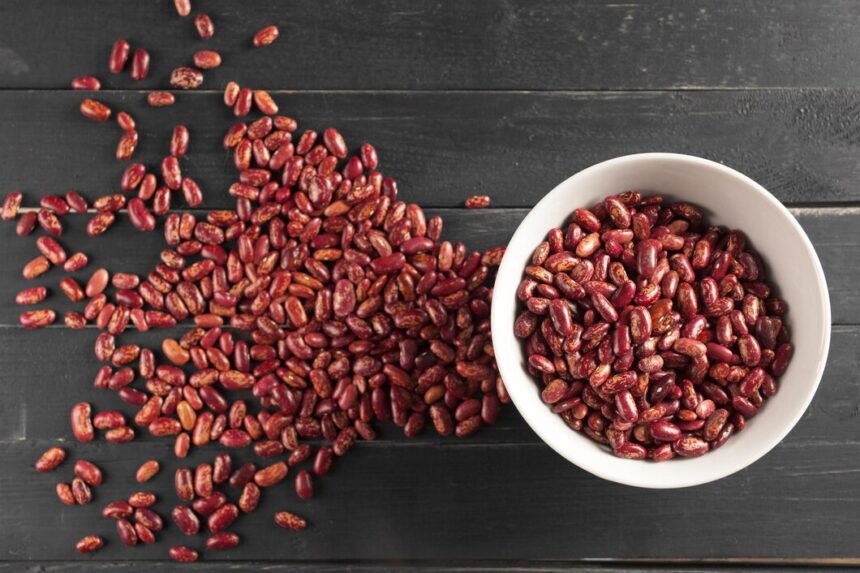Pinto beans, known for their distinct mottled appearance and rich flavor, are a staple in many South African diets. Cultivating these legumes efficiently requires a combination of knowledge, techniques, and dedication. In this article, we’ll explore various strategies to enhance both the quality and yield of pinto beans in South Africa.
1. Optimal Soil Preparation:
Pinto beans thrive in well-drained soil with a pH level between 6.0 and 7.0. Prior to planting, ensure proper soil preparation by tilling the land and incorporating organic matter such as compost or manure to improve soil structure and fertility. Proper soil preparation sets the stage for healthy root development and nutrient uptake.
2. Selecting the Right Varieties:
Choose pinto bean varieties that are well-suited to the local climate and growing conditions in South Africa. Consult with local agricultural experts or seed suppliers to identify varieties known for high yield potential and resistance to common pests and diseases prevalent in the region.
3. Optimal Planting Time:
Timing is crucial when planting pinto beans. In South Africa, plant pinto beans during the spring season, ensuring that the soil has warmed to at least 60°F (15°C). This allows for proper germination and establishment of healthy plants.
4. Proper Spacing and Planting Depth:
Plant pinto beans at the recommended spacing of 4 to 6 inches apart in rows spaced 18 to 24 inches apart. Plant seeds at a depth of 1 to 1.5 inches. Adequate spacing ensures optimal air circulation and sunlight penetration, promoting uniform growth and development.
5. Implementing Irrigation Practices:
Proper irrigation is essential for maximizing yield and quality. Pinto beans require consistent moisture throughout the growing season, particularly during flowering and pod development stages. Implement efficient irrigation methods such as drip irrigation or furrow irrigation to deliver water directly to the root zone while minimizing water waste.
6. Nutrient Management:
Conduct soil tests to assess nutrient levels and adjust fertilization practices accordingly. Pinto beans have specific nutrient requirements, particularly phosphorus and potassium, during different growth stages. Incorporate balanced fertilizers or organic amendments to ensure adequate nutrient availability for optimum plant growth and development.
7. Weed Control:
Effective weed management is essential to prevent competition for resources and maximize yield. Utilize mulching, manual weeding, or herbicides (following recommended guidelines) to control weeds throughout the growing season. Timely weed control minimizes yield losses and facilitates easier harvesting.
8. Pest and Disease Management:
Monitor pinto bean crops regularly for signs of pests and diseases such as aphids, spider mites, bean beetles, and bacterial blight. Implement integrated pest management strategies, including cultural practices, biological control, and judicious use of pesticides, to mitigate damage and minimize yield losses.
9. Harvesting at the Right Time:
Harvest pinto beans when the pods are fully mature and dry. Avoid harvesting during wet conditions to prevent mold and reduce seed quality. Use appropriate harvesting equipment and techniques to minimize damage to the plants and ensure efficient collection of mature pods.
10. Post-Harvest Handling:
Proper post-harvest handling is critical for preserving the quality and marketability of pinto beans. Thoroughly dry harvested beans to reduce moisture content and minimize the risk of mold and spoilage. Store beans in clean, dry containers in a cool, well-ventilated area to maintain freshness and extend shelf life.
By implementing these techniques for enhancing quality and yield, farmers in South Africa can optimize pinto bean production and contribute to a sustainable and thriving agricultural sector. With careful attention to soil health, crop management, and post-harvest practices, the potential for successful pinto bean cultivation in South Africa is within reach.
Join 'Farmers Mag' WhatsApp Channel
Get the latest Farming news and tips delivered straight to your WhatsApp
CLICK HERE TO JOIN






